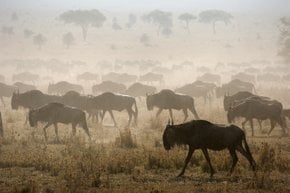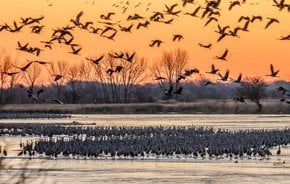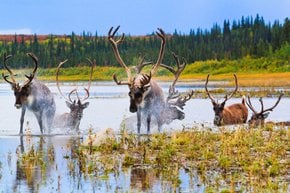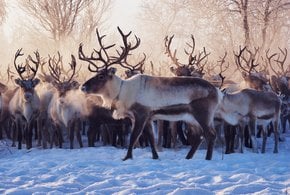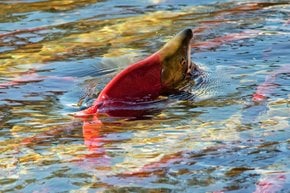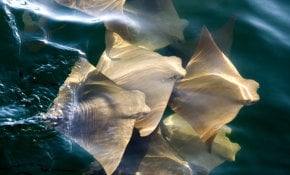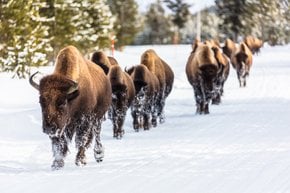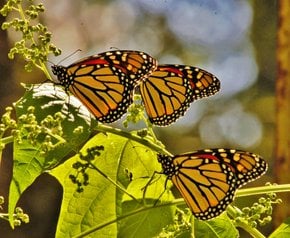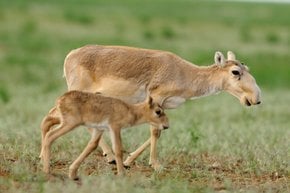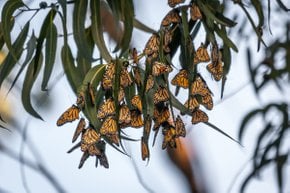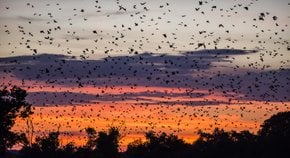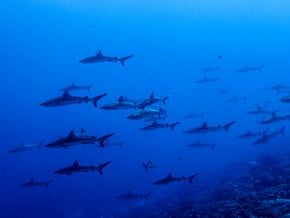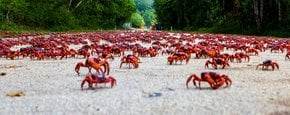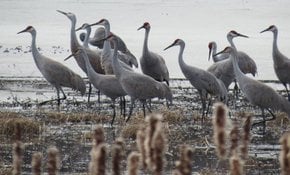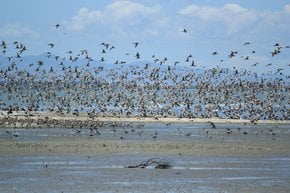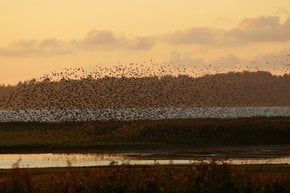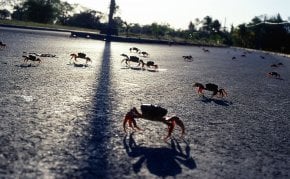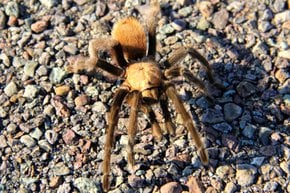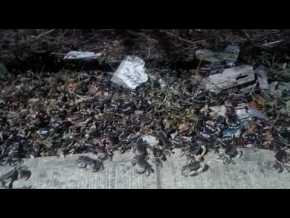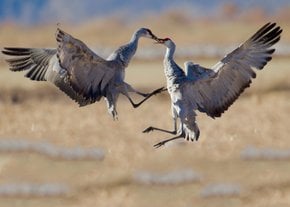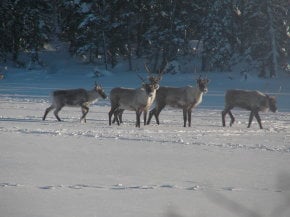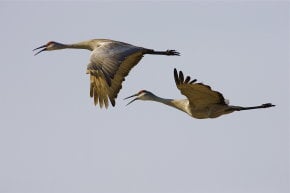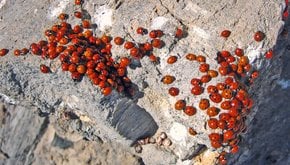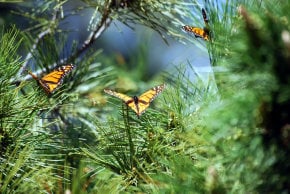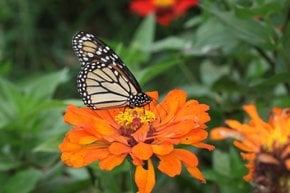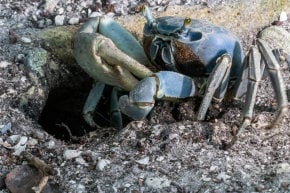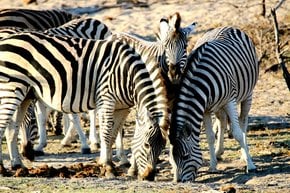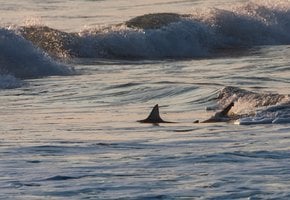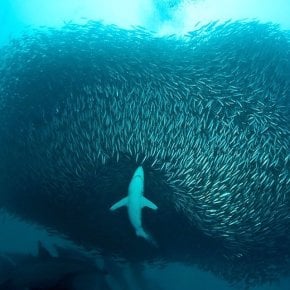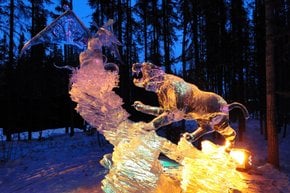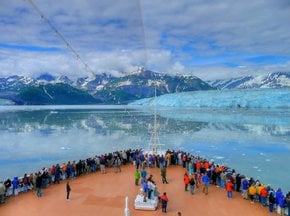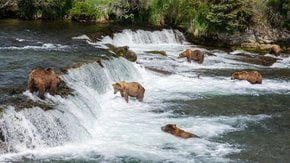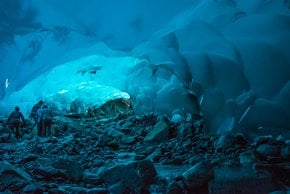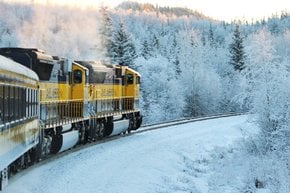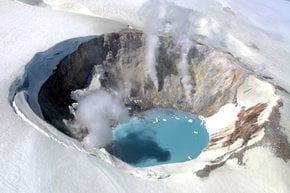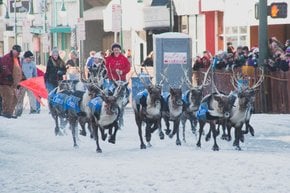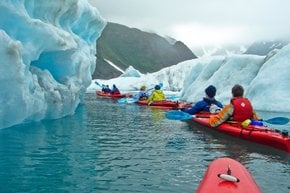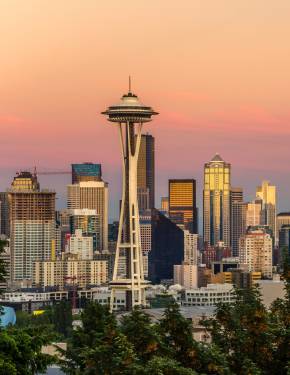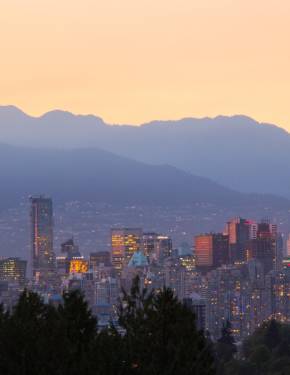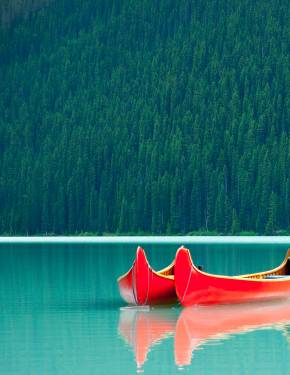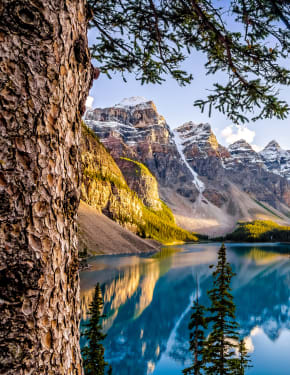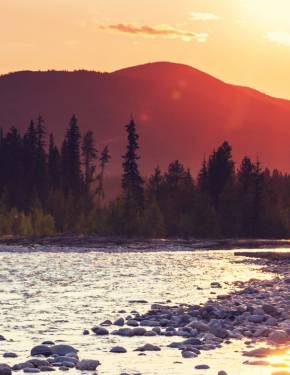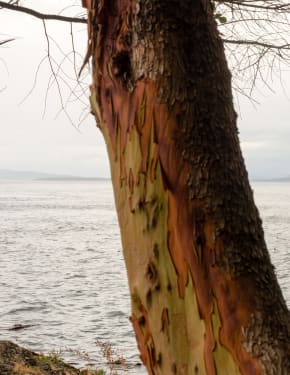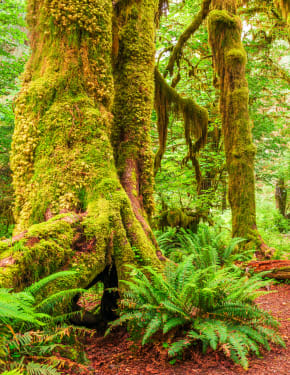Snow Geese Spring Migration in Alaska 2026
Millions of wild cries hover above the land as endless birds fly overhead—just to notify they're coming home
Best time: late February–April
One hears them long before they appear in sight. The stunning, loud calls become louder and louder, alerting everyone nearby about an immense cloud of wild geese hurrying back home to Alaska, Canada, and Greenland after their winter stay in the southern lands of Texas or Mexico. The species is most common above the Arctic Circle, preferring to stay in tundras during the summer and flying to coastal marshes and freshwater lakes during winter.
Migration Process & Pattern
Snow geese migrate twice a year in autumn and spring. Flocks of geese travel southward to Mexico and the US in early fall and up until early winter, as the winter in their breeding grounds up north grows harsher. Geese choose to fly at high altitudes and in narrow formations, traveling in V-formation, normally led by the strongest bird. Since the journey usually lasts almost 3,000 miles (4,828 km), their stopovers on the way are quite long, with birds taking their time to rest and feed. Once the ice starts melting at their breeding grounds, which can happen anywhere between January and February, geese embark on a journey up north.
The spring migration is way more impressive than autumn, as in spring, the birds act more unified and fly in larger groups. Flocks of snow geese set off north in late February, and in March, the migration is already at full speed. By late spring, the birds settle at their breeding sites and begin their breeding and nesting cycle, followed by annual molting.
Migration Route
Both species of snow geese, lesser snow goose, and greater snow goose, have different migration routes, choosing separate destinations. Lesser snow geese follow the Central Flyway route along the flatlands of the Great Plains, east of the Rocky Mountains, continuing their journey near the Gulf of Mexico. They also travel by Pacific Flyway along the West Coast. The Mississippi Flyway is centered around the Lower Ohio River, Mississippi River, and Missouri River, ending at the Gulf of Mexico. The Bird Migration Explorer by the National Audubon Society has a migration map tracker, which can be helpful in identifying migration routes.
Snow Geese as Species
The lesser snow goose is frequently seen in Canada, one of the most common species in its family. With white feathers and a signature orange beak, the bird can be easily identified by amateur birdwatchers. This type of goose generally weighs 4-6 pounds (2-3 kg) and has a wingspan of 3 feet (90 cm). The greater snow geese are larger than their counterparts, weighing up to 8 pounds (3.5 kg) and spreading their wings to 5 feet (1.5 m). Both species often look for food in the mud, which can contain iron, leaving orange stains on their heads and beaks.
Where to See Snow Geese in Alaska
The bird cloud paves its way across Canada and the northern U.S. In Alaska, you can spot migrating birds at the Matanuska Valley in the southcentral part of the state, not far from Anchorage. They normally can be seen in the farmlands of the valley. Copper River Delta and Stikine River Delta in southeastern Alaska are great locations to observe clouds of geese during both spring and fall migrations.
A considerable population of snow geese stays to breed and build nests in Alaska. The largest colonies can be found in the northernmost North Slope region, where geese are attracted by rich cotton grass and huge open spaces. The Ikpikpuk River Delta and the Kukpowruk River Delta host the largest colonies of these waterfowl over the summer.











